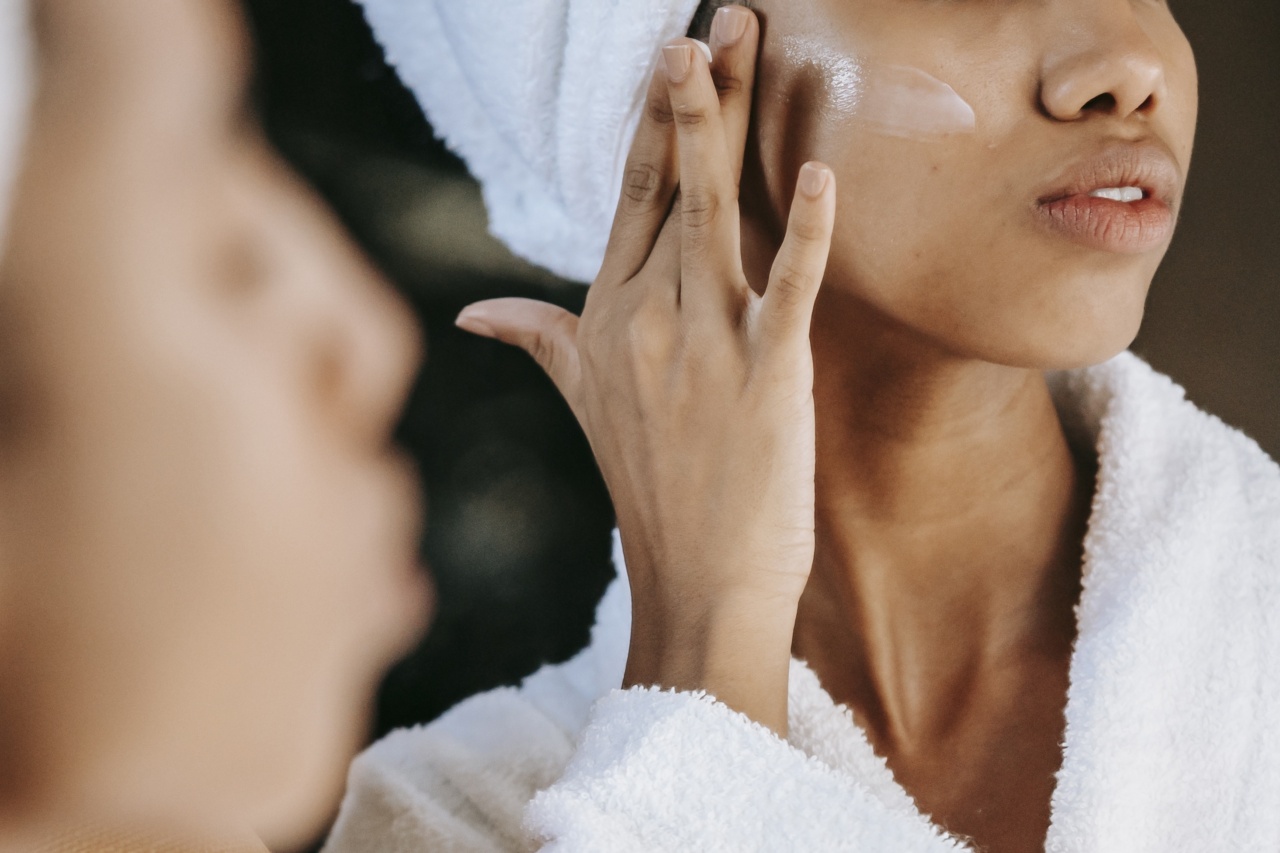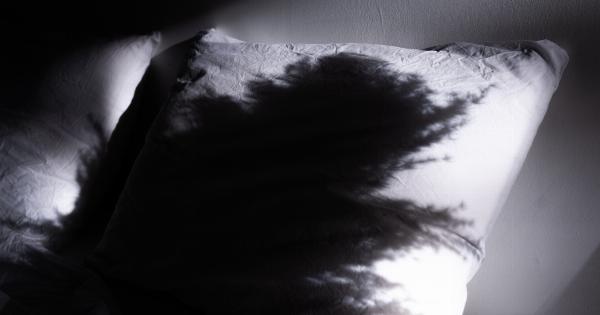A good night’s sleep is essential for maintaining healthy skin. While sleeping, the skin undergoes a series of natural processes that help repair and rejuvenate itself.
However, several factors can disrupt these processes, leaving the skin dull, dry, and prone to breakouts. In this article, we will discuss how to maintain smooth skin while sleeping.
1. Cleanse Your Skin Before Bed
The first step towards maintaining smooth skin while sleeping is to cleanse your skin thoroughly before bed. Use a gentle cleanser that is suitable for your skin type.
Cleansing will help remove dirt, oil, and makeup from your skin, freeing it to breathe, absorb moisturizers, and replenish itself.
2. Apply a Night Cream
After cleansing, apply a night cream that contains moisturizing and nourishing ingredients. Night creams are formulated to work while you sleep, enabling your skin to repair and rejuvenate itself.
Look for ingredients like retinol, hyaluronic acid, glycolic acid, and vitamins C and E. These ingredients can help boost collagen production, promote cell turnover, and hydrate the skin. However, be careful not to overdo it with exfoliating ingredients, as this can damage the skin barrier and lead to irritation.
3. Use a Humidifier
Sleeping in a dry environment can leave your skin feeling dry and dehydrated. Using a humidifier in your bedroom can help keep the air moist, thereby preventing your skin from drying out.
Moreover, humidifiers can help relieve skin conditions like eczema and psoriasis, which can worsen in dry conditions.
4. Sleep on a Silk Pillowcase
Sleeping on a cotton pillowcase can cause friction and tug on your skin, leading to wrinkles, creases, and breakouts. Switching to a silk pillowcase can help reduce friction and keep your skin smooth.
Silk also absorbs less moisture than cotton, which means your skin won’t lose as much hydration while you sleep.
5. Avoid Sleeping on Your Stomach or Side
Sleeping on your stomach or side can cause pressure on your face, leading to puffiness, wrinkles, and breakouts. Try sleeping on your back instead, as this will help reduce pressure on your face.
If you can’t sleep on your back, consider using a contour pillow that supports your neck and head, while reducing pressure on your face.
6. Keep a Consistent Sleep Schedule
Irregular sleep patterns can disrupt your skin’s natural processes, leading to imbalances and breakouts. Try to maintain a consistent sleep schedule, going to bed and waking up at the same time each day.
This will help your body regulate hormone levels, which play a vital role in maintaining healthy skin.
7. Remove Your Makeup Before Bed
Leaving your makeup on while sleeping can clog your pores and lead to breakouts. Moreover, it can prevent your skin from breathing, leading to dull and tired-looking skin.
Always remove your makeup before bed, using a gentle makeup remover that is suitable for your skin type. You can also use a micellar water or a cleansing oil for more effective makeup removal.
8. Drink Plenty of Water
Drinking enough water throughout the day is crucial for maintaining hydrated and healthy-looking skin. While sleeping, your body goes through a process of repairing and rejuvenating itself, which requires hydration.
Make sure to drink plenty of water throughout the day and before bed, to ensure that your skin stays hydrated.
9. Avoid Alcohol and Caffeine Before Bed
Alcohol and caffeine can disrupt your sleep and leave your skin looking dull and puffy the next day. Avoid drinking alcohol or caffeine at least three hours before bed, to allow your body to process and eliminate these substances.
This will help ensure that you get a good night’s sleep and wake up with healthy-looking skin.
10. Get Enough Sleep
Getting enough sleep is essential for maintaining healthy skin. While you sleep, your skin undergoes a process of repairing and rejuvenating itself, which requires a certain amount of time.
Aim to get at least seven to eight hours of sleep per night, to ensure that your skin has enough time to heal and replenish itself.





























